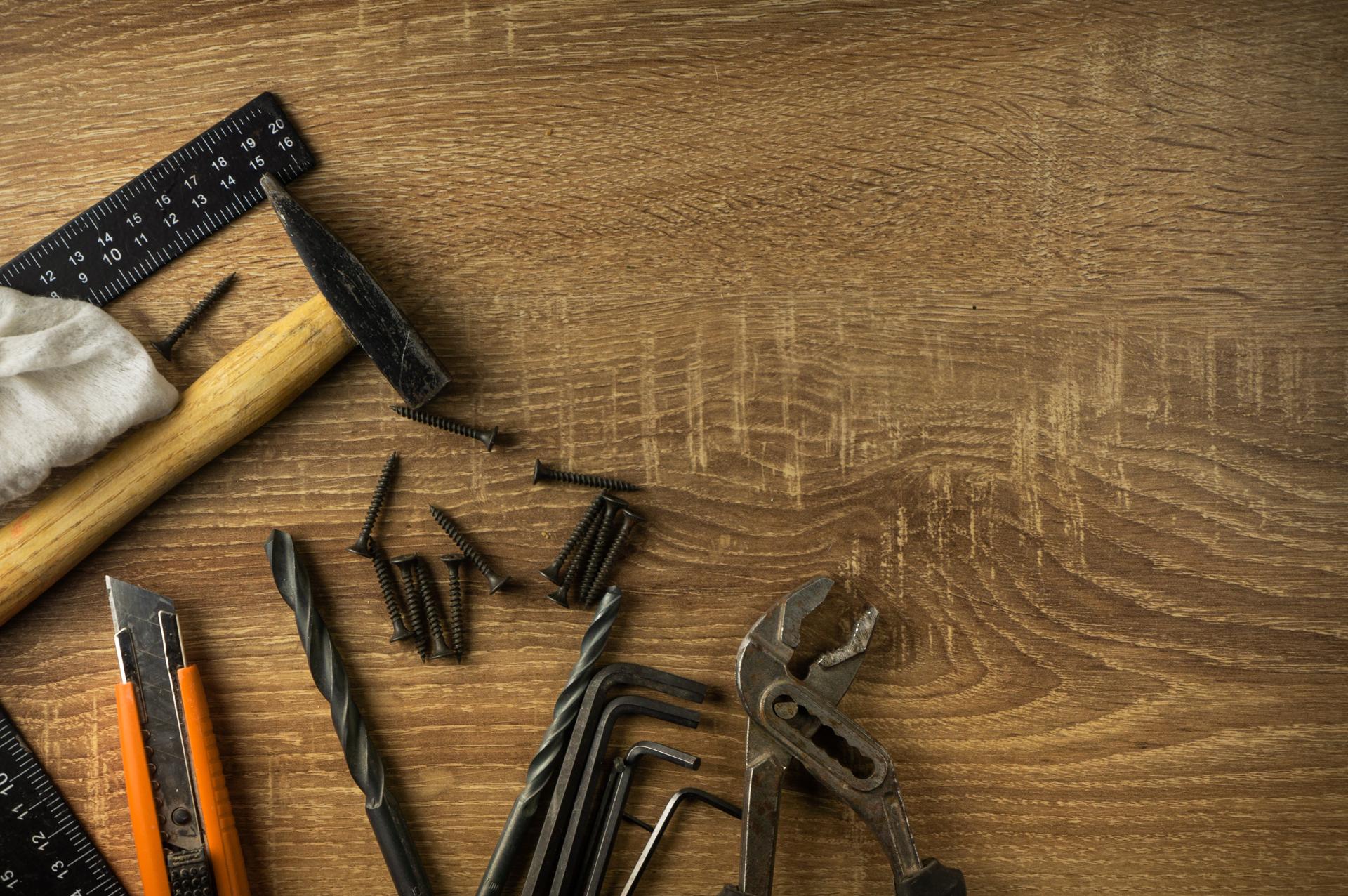Resolve Your Home's Plumbing Problems Like a Pro with this Do-it-yourself Guide

Plumbing systems are an essential component of every home. If they are not maintained properly they could be a source of many problems that can lead to frustration and costly repairs.
There are numerous benefits to learning how to repair minor plumbing issues yourself, like saving money and learning important skills. This article we will examine common plumbing issues and the DIY methods to fix these issues.
Common Plumbing Issues
Dripping Faucets
Dripping faucets aren’t only frustrating, but they also consume a substantial quantity of water in time. The most common cause of leaky faucets is a damaged washer, or an O-ring. To remedy this problem shut off the supply of water for the faucet. remove the handle, then replace the worn-out O-ring or washer.
Running Toilets
A running toilet is a common plumbing issue that could result in a significant loss of water. The most common reason is a malfunctioning flapper valve that’s not sealing correctly, allowing water to flow from the tank into the bowl. To resolve this issue switch off the water supply to the toilet, take off the tank lid, and change or adjust the valve that seals it.
Clogged Drains
The cause of blocked drains is by many things like soap, hair, or food particles. To get rid of this problem it is possible to use the plunger or drain snake to clear the obstruction. Alternately, you could make a paste of baking soda and vinegar to break up the blockage.
Low Water Pressure
Low water pressure is often caused by a number of factors such as mineral buildup in pipes or a malfunctioning pressure regulator. To remedy this problem try cleaning the aerator or replacing pressure regulator.
Tools Needed for DIY Plumbing
To carry out DIY plumbing, you will require a few tools like the plunger, an adjustable wrench pipe wrench, Teflon tape, and a screwdriver. With these tools in your arsenal, it will help you fix minor plumbing issues.
Safety Tips for DIY Plumbing
Security should be top of mind when performing any DIY plumbing repairs. A few safety tips to consider include shutting off the water supply before making any repairs, and wearing safety glasses and gloves, and keeping a first-aid kit on hand in the event of emergencies.
DIY Plumbing Techniques
For fixing common plumbing problems it is necessary to know some DIY plumbing tips, like how to shut off the water supply or repair a leaky faucet, how to fix a running toilet or unblock the drain, and also how to boost the pressure of water. These techniques can save you time and money on small plumbing repairs.
Conclusion
In the end, knowing how to fix small plumbing issues yourself can be beneficial in numerous ways. Not only can it help you save costs, but you can also give you satisfaction and valuable knowledge. For more serious plumbing issues, it’s always best to call a professional plumber.
FAQ
Can I fix a plumbing problem myself?
Yes, you can fix minor plumbing issues yourself by learning a few basic plumbing tips for DIY.
Which are the top frequently encountered plumbing issues?
The most common plumbing problems include dripping taps and toilets that run blocked drains, and low pressure water.
What tools do I require to do my own plumbing?
You’ll need some essential tools such as the plunger, an adjustable wrench pipe wrench Teflon tape and a screwdriver.
Is DIY plumbing safe?
DIY plumbing is safe if you follow safety guidelines and take the appropriate precautions.
When should I contact an experienced plumber?
You should contact a licensed plumber for significant plumbing issues that require specialist equipment and knowledge.
